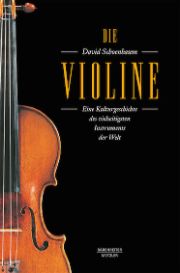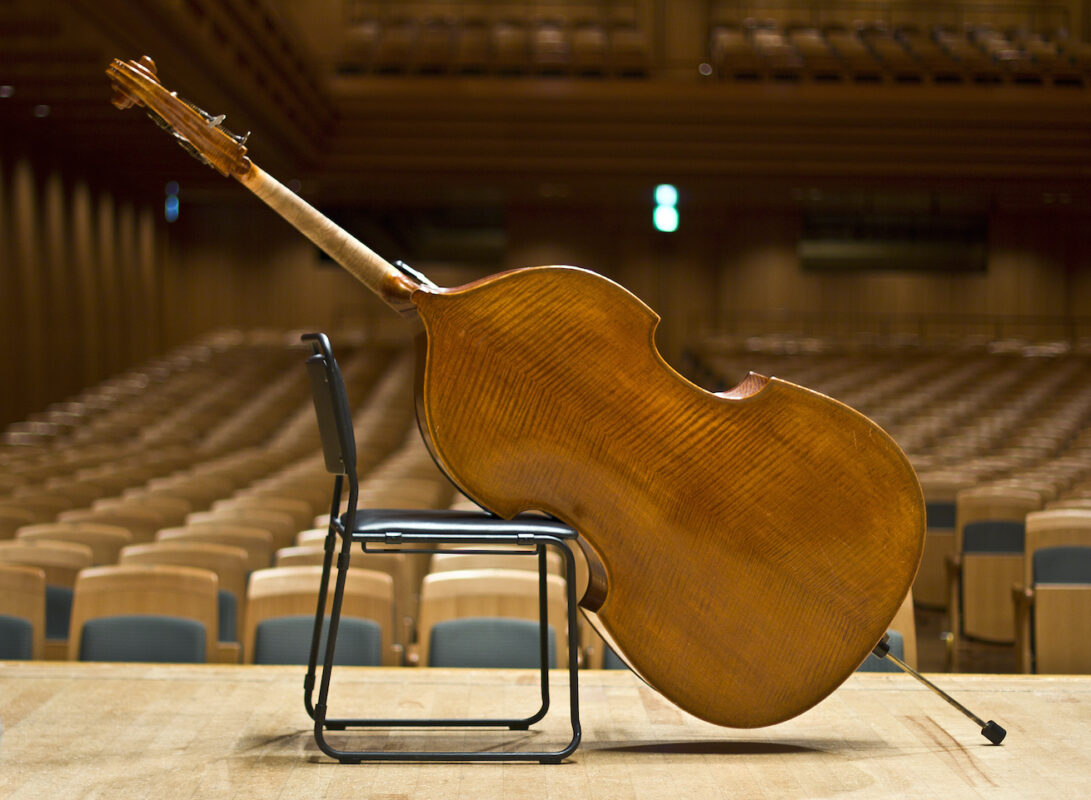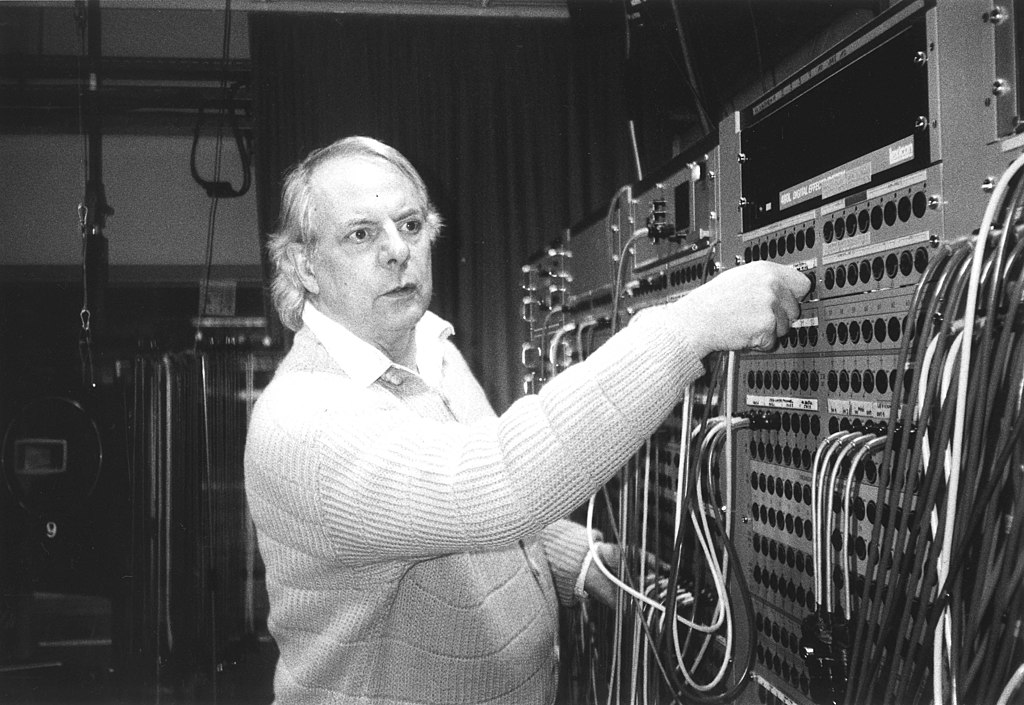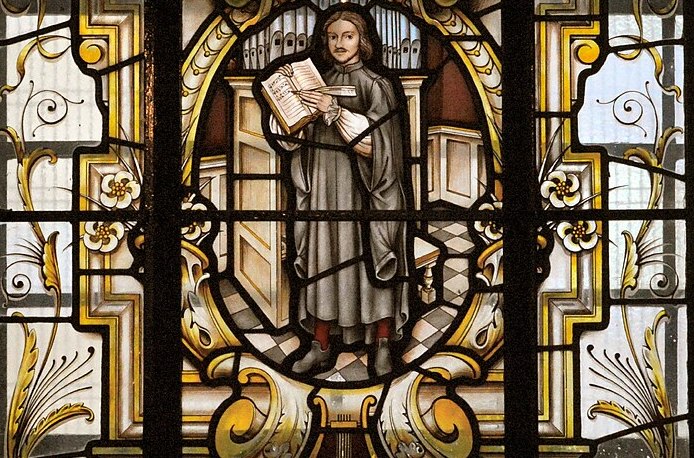The who's who of the violin
David Schoenbaum's cultural history devotes 730 pages to the manufacturers, dealers and players of the "most versatile instrument".
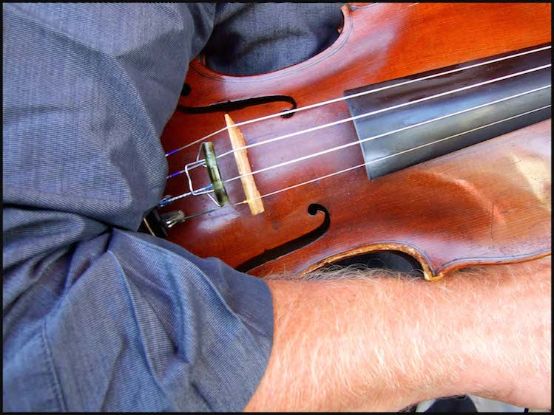
I spent 14 days with this heavy book and read it with great excitement. With its 2066 notes and a very useful index of 2400 names, it beats all previous history books on the violin. David Schoenbaum (born 1935 in Milwaukee, USA) has made a name for himself as a historian with the continuation of his Oxford dissertation The Brown Revolution: a social history of the Third ReichHe was a professor of history at the University of Iowa until 2008. The amateur violinist wrote this book for 20 years.
The chapters on the Violin making, read like a novel. One hears astonishing news about the origins of the violin (although China and India are not mentioned), the connection over the Alpine passes and the political influences. Truths and legends about the Amati, Stradivari and Guarneri families are unraveled. The rise and trade union background of Mirecourt, the long success story of Vuillaume, who was the first to flood the market with inexpensive "Stradivari" from his own workshop due to exploding demand, the history of German violin making from Stainer to the manufactories of Markneukirchen are described in detail, as are those of Japan and China. The development of the bow and its most famous maker are dealt with only briefly.
A 100-page section revolves around the Violin trade: interesting European historical backgrounds, the close connection between violin makers and dealers, the rise of the great trading empires Hill, Herrmann and the auction houses Christie's and Sotheby's with experts traveling around the world, the rapid price increases (formerly craftsmen's wages, later mansions served as a comparison), monographs on Bildupp, Fushi & Bein, Machold, also on the two dealers Felicity Foresight and Claire Givens, the incredible number of "Strads" and their unimaginable aberrations, crimes, inheritance squabbles, trials, including the "Stradi" Werro trial, which remained convoluted due to expert disputes, advances in the authentication of old instruments thanks to X-ray, pigment analysis and dendrochronology, which led to Wessel's question as to whether the auction houses would warm to something that "raises awareness of how many forgeries they had probably sold".
The 250 pages about the Violin playing begin with a list of many famous violinists - you'd be amazed! Originally, violin playing was passed down from father to son, just like other crafts. In the Italian ospedali, orphans learned to play music in order to earn a living at the many religious and secular festivals. Teaching developed from the secret teaching of virtuosos via the orphanages (= conservatories!) to the state and famous privately endowed institutes worldwide. The transition from outlawed minstrel to court employee to free, highly paid artist took a long time. We hear a lot of new things about Paganini, Viotti, Auer, Stern and many others. Competitions are also political! The confusing stories of the founding of orchestras are extremely exciting, including the astonishing successes of youth orchestras in underprivileged areas. Publishers and record companies craved great performers and vice versa!
There is not much to read about pedagogy, only about many successful university teachers. Group teaching began with Birkbeck in England in 1839. There are detailed reports on Shinichi Suzuki and Roberta Guaspari, but not a word about the equally great achievements of Paul Rolland and Sheila Nelson or about the influential ASTA and ESTA (American and European String Teachers Association). There are reports of many successful, difficult and tragic fates of artists; the completeness here justifies the term "Who's who". The late but now equal inclusion of women in orchestral and solo playing is an important chapter. The listings of the violin as an all-round instrument in all styles of music, in the visual arts, poetry, literature and film are extensive, but cannot be exhaustive (may I add: Jean Diwo, Les violons du roi; Jaume Cabré, The Silence of the Collector; Mechtild Borrmann, The Violinist). The book would be even more suitable as a reference work if there were more subtitles in the table of contents and in the individual sections.
David Schoenbaum The violin: a cultural history of the world's most versatile instrument, translated from the American by Angelika Legde, 730 p., Fr. 67.00, Bärenreiter Kassel & Metzler Stuttgart 2015, ISBN 978-3-476-02558-6






